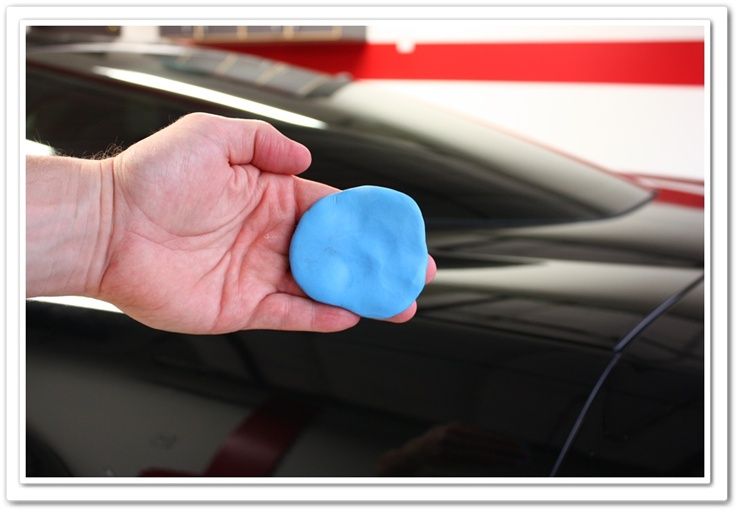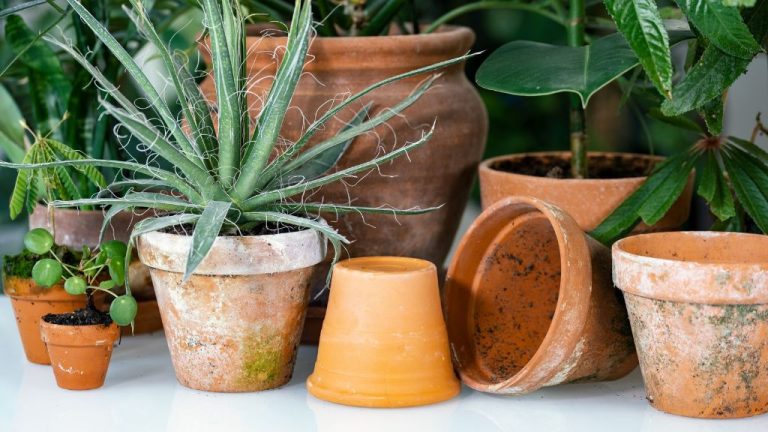What Is A Good Substitute For Clay Slips?
What are Clay Slips?
Clay slips are liquid clay mixtures made by mixing clay with water to a creamy consistency. They serve several important purposes in pottery and ceramic work:
Definition: Clay slips are made by mixing clay and water into a liquid state. The clay is suspended in the water at a specific ratio to create a creamy, smooth mixture. Slips can be made from the same type of clay body used for the ceramic piece, or from a different type of clay.
Uses: Slips are brushed or poured onto the surface of bone-dry unfired clay or bisqueware. When applied to unfired clay, slips provide an even, smooth surface for painting and glazing. On bisqueware, slips fill in pores and provide an updated surface to paint on. Slips are also used to join two pieces of clay.
Benefits: Using slips provides many advantages for ceramic artists and potters:
- They hide surface imperfections and creates a smooth canvas for decorating
- They form a tight bond between clay surfaces for a strong joint
- Colored slips add color while allowing the clay texture to show through
- They provide an updated surface on bisqued pieces for glazing or painting
- Slips seal porous clay and prevent glazes from absorbing unevenly
Why Find Substitutes for Clay Slips?
Clay slips are essential for many ceramic techniques, but potters may want substitutes for a few key reasons:
First, traditional clay slips purchased from art supply stores can be expensive, especially for those going through large volumes. Handmade slips using natural clay and minerals also take significant time and effort to prepare properly.
Second, some potters are looking for more eco-friendly options as substitutes for commercial clay slips. They want to avoid chemical additives and create their own mineral slips using natural, sustainable ingredients.
Finally, experimenting with slip alternatives allows ceramic artists to innovate and expand their craft. Substitutes made from flour, paper, and other accessible materials create new textures and effects. The process of experimentation itself helps potters develop skills and advance their artform.
Whether for cost savings, sustainability, or creativity, testing and finding the best stand-ins for standard clay slips opens up many possibilities for ceramic artists and potters.
Flour Slip
One common substitute for clay slips is a flour slip. To make a flour slip, simply mix all-purpose flour with water to create a thin, slip-like consistency. The ratio is usually around 1 part flour to 5 parts water. Stir thoroughly to fully incorporate the flour and eliminate any lumps.
Flour slips are often used by potters and ceramic artists to create decorative effects. When applied to bisqueware or greenware, a flour slip can create interesting crackle patterns as it dries. The slip sinks into porous areas, resulting in a mottled look. Flour slips are also sometimes used as resist materials when layered under a colored slip or glaze.
Compared to traditional clay slips, flour slips have some advantages and disadvantages. On the plus side, they are very inexpensive and easy to mix up. They also dry faster than clay slips. However, flour slips lack the adhesion and workability of clay-based slips. The finished results may not be as smooth or professional. Flour slips also tend to become stale if left sitting over time.
Paperclay Slip
A simple substitute for traditional clay slips is to create a paperclay slip. To make a paperclay slip, you simply need paperclay and water.
Mix shredded paperclay with enough water to create a thin, paintable consistency. The paper fibers in the paperclay will add strength to the piece while keeping it lightweight. Paperclay is also often easier to find and work with compared to natural clays.
Paperclay slips maintain viscosity well and dry to a flexible bond. Keep in mind paperclay shrinks significantly as it dries, which can lead to cracking. Proper layering and drying time is important when using a paperclay slip.
Cornstarch Slip
One popular substitute for clay slip is to make a cornstarch slip. To make a cornstarch slip, simply mix cornstarch and water to create a smooth, liquidy clay slip consistency. The ratio can vary, but generally 1 part cornstarch to 4-5 parts water works well. Cornstarch is an excellent binder and thickener that can help hold clay components together.
Cornstarch slips have a smooth, creamy consistency that makes them easy to apply to clay surfaces with a brush, sponge, or by dipping. They dry clear and form a strong bond between clay pieces. Cornstarch is also inexpensive and easy to find.
One downside to be aware of with cornstarch slips is that they are prone to mold if they are not fully dried before storing clay pieces. The cornstarch provides food for molds and bacteria. To prevent mold growth, ensure cornstarch slipped pieces dry fully, and avoid humid storage conditions.
Glue Slip
White glue diluted with water can be an effective substitute for clay slips. Glue slips are affordable and accessible since white glue is a common household item. The glue slip will be less porous compared to traditional clay slips. The glue provides a good seal and will help pieces adhere together well during assembly. Too much glue can make the slip tacky, so diluting the glue sufficiently with water is important. Start with a 1:1 ratio of glue to water and adjust as needed. Glue slips dry clear and provide strong bonding power. Just be aware that glue slips can be less flexible than clay and may crack if pieces are stressed after assembly. Overall, diluted white glue makes a decent clay slip replacement using ingredients most people already have at home.
Acrylic Mediums
Acrylic polymer emulsions like Liquitex or Golden acrylic mediums can be used as substitutes for clay slips. Acrylic mediums are water-based acrylic polymer emulsions that help add flexibility and adhesion to clay pieces.
They act as an adhesive and help the clay bond together better. Acrylic mediums come in different finishes like gloss, matte, or satin. They can create interesting visual effects when used in slip trailing or attached clay pieces.
One downside is that some acrylic polymer emulsions may not be food-safe, especially after firing. So they should be used cautiously for functional ceramic ware or avoided entirely where food contact is expected.
Oil or Wax Slips
Oil or wax can be mixed with mineral spirits to create slips that provide waterproofing for clay pieces. The oil or wax acts as a release agent and allows the clay parts to be removed from molds more easily. Some common oils used are linseed, olive, coconut, and mineral oil. Beeswax is a popular wax option.
The oil or wax is mixed with enough mineral spirits to create a thin, milk-like consistency. Start with a 1:4 ratio of oil/wax to mineral spirits and adjust as needed. Too much oil or wax can leave pieces feeling greasy or tacky after firing. It’s best to use these slips sparingly.
Oil and wax slips are great for adding water resistance when needed. They penetrate and seal the clay surface. Just be aware that overusing them can change the look and feel of the final fired pieces.
Milk Paint Slip
Milk paint slips are a good natural alternative for clay slips. To make a milk paint slip, simply mix powdered milk paint with water until you achieve the desired consistency. Milk paint has been used for centuries as a non-toxic paint made from natural ingredients like milk protein, clay, and chalk. When mixed into a slip, it provides a velvety texture perfect for decorating or joining pieces of pottery.
One of the main advantages of milk paint slips is that they utilize all-natural, biodegradable ingredients. The milk protein and clay mixture dries to a durable, slightly porous finish. Milk paint slips attach well to bisqueware and raw clay bodies. The colors are usually soft earthy tones like cream, brown, red and gray. Cleanup is easy with just soap and water. While not as strong and water-resistant as ceramic slips, milk paint slips provide a good non-toxic and more eco-friendly alternative.
So for potters looking for an all-natural slip that adds texture and natural colors, milk paint slips are an excellent clay substitute to consider.
Choosing the Best Substitute
When deciding on the best clay slip substitute for your project, there are a few key factors to consider:
Porosity – Some options like flour or cornstarch can leave the clay more porous after firing. This may or may not be desirable depending on the look you want.
Food safety – If making kitchenware, avoid any slips with ingredients that could leach or contaminate food later. Stick to non-food options.
Cost – Some acrylic mediums and commercial substitutes can be pricier than simple kitchen staples like flour or glue.
Test different substitutes on test pieces before applying them to your final project. Let the test pieces fully dry and fire them to see the final results.
The best substitute ultimately depends on the individual characteristics and needs of your project. Consider porosity, food safety, cost, and how the slips respond to drying and firing before deciding on the right one for your clay body and project goals.



